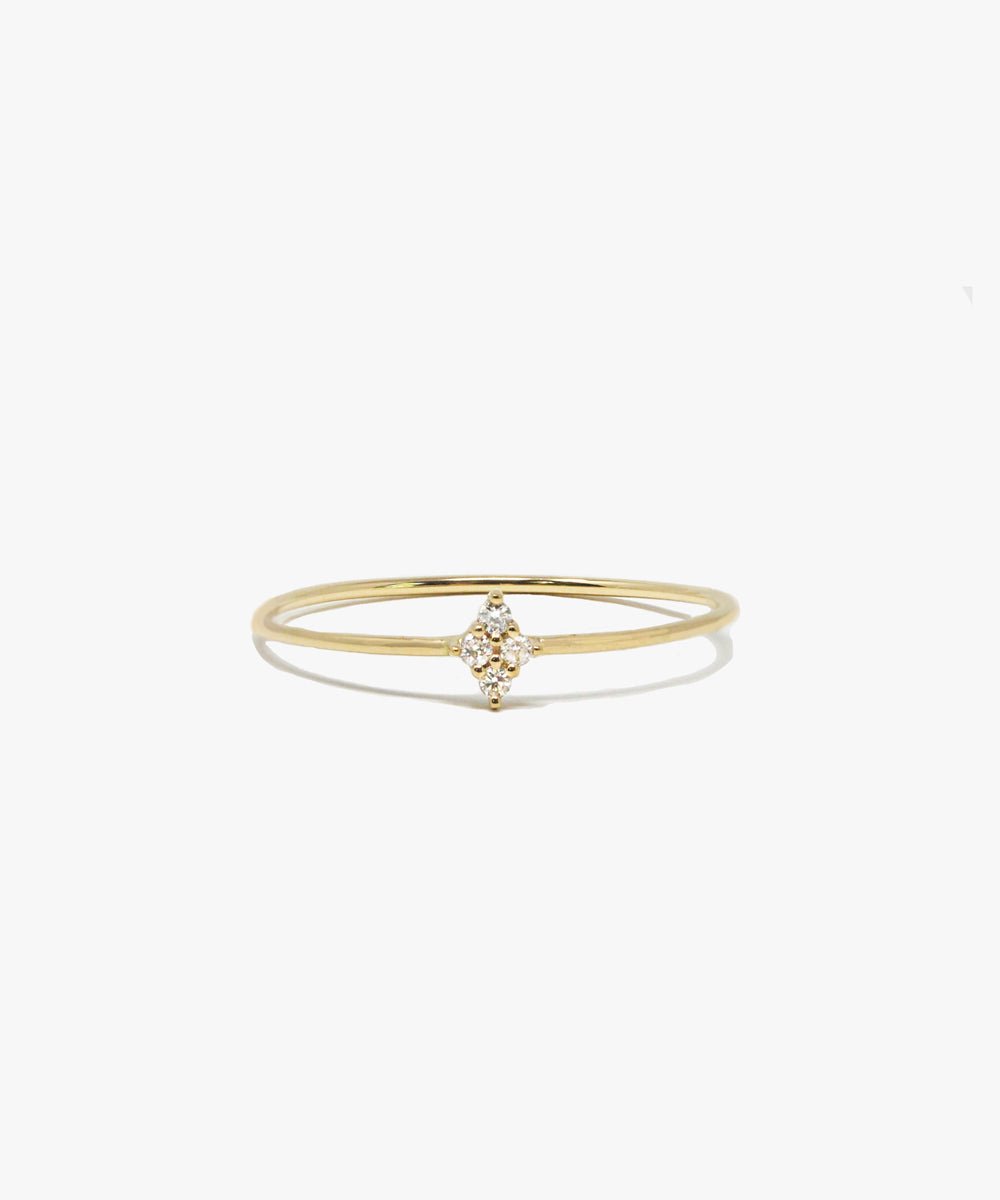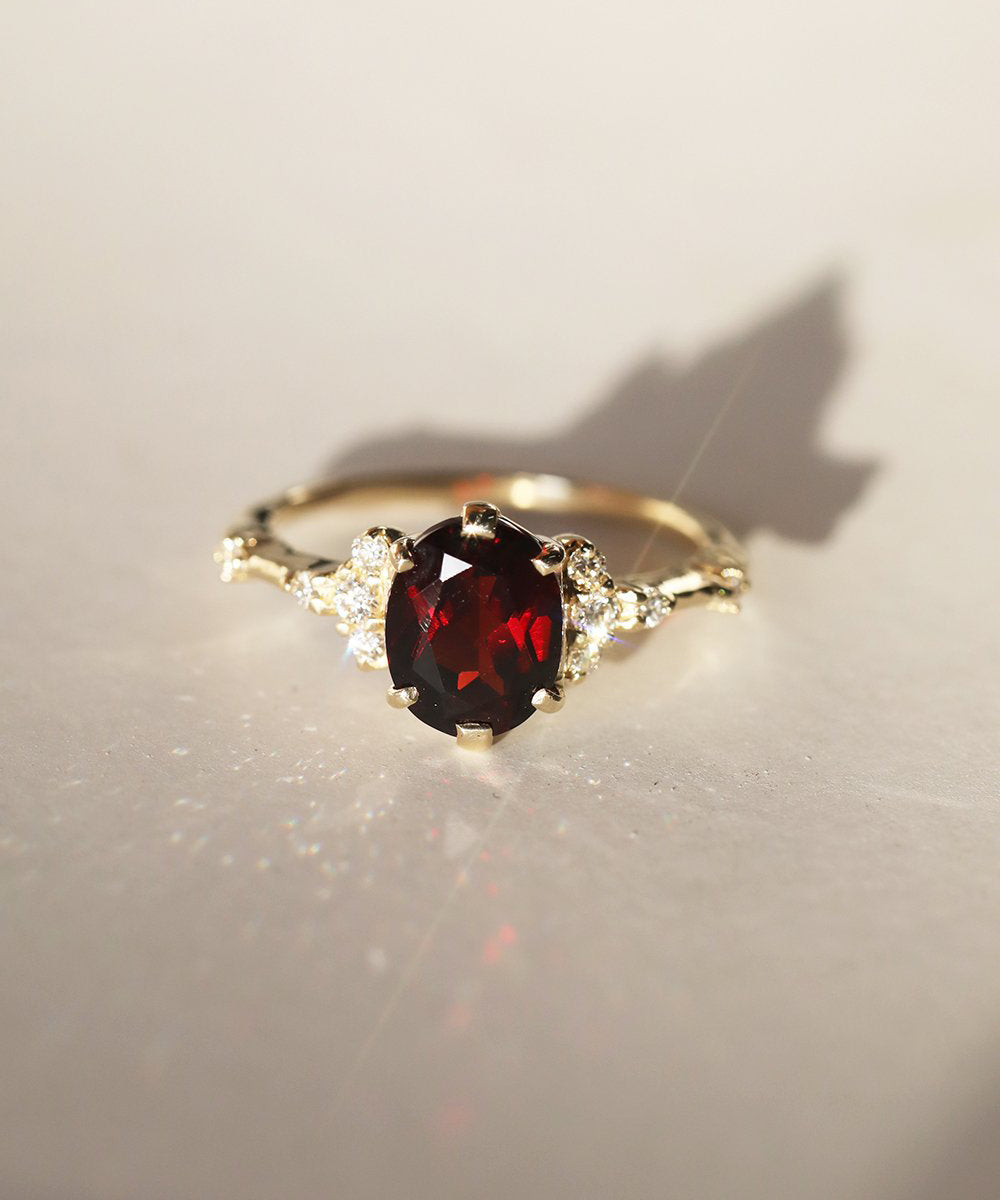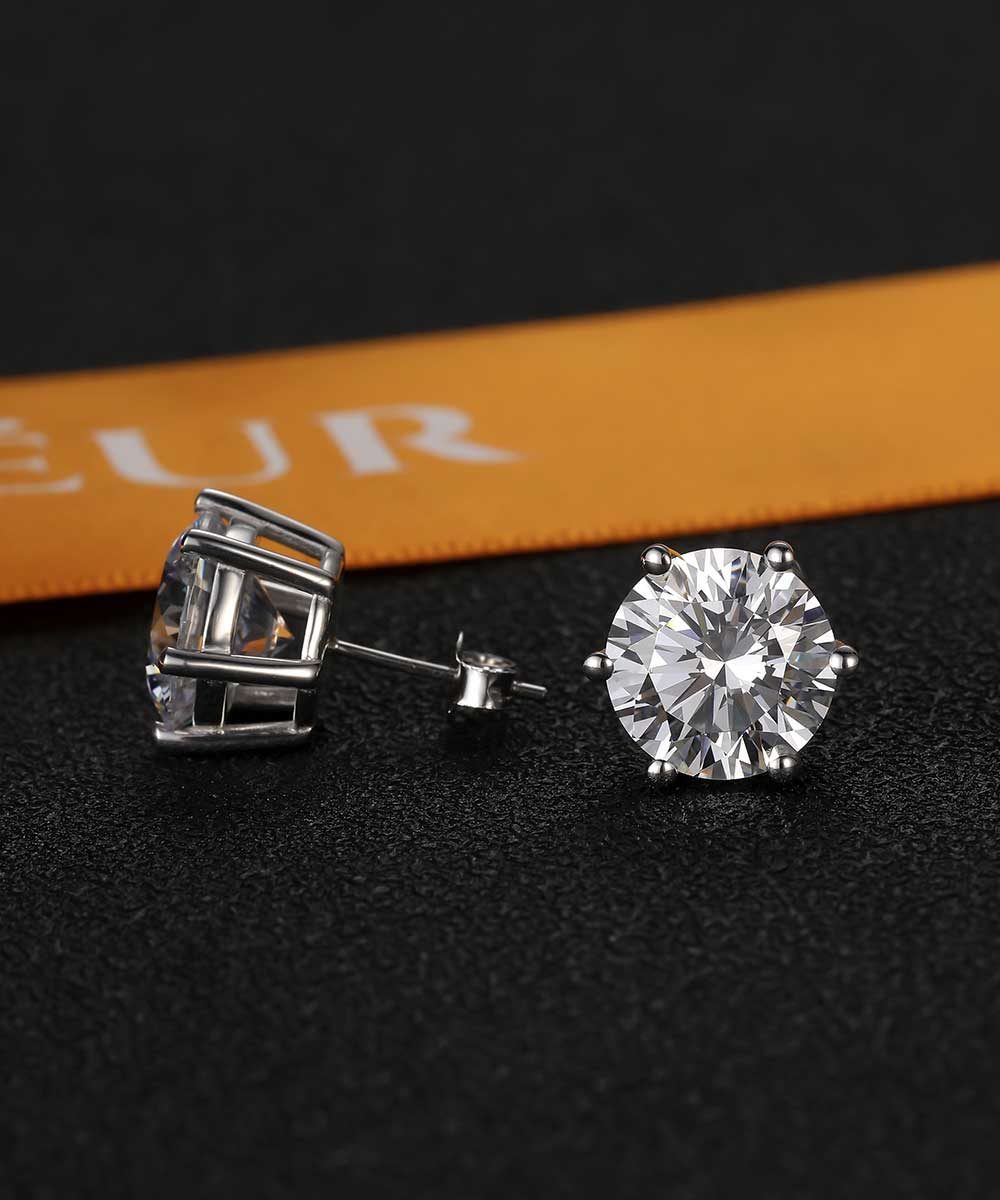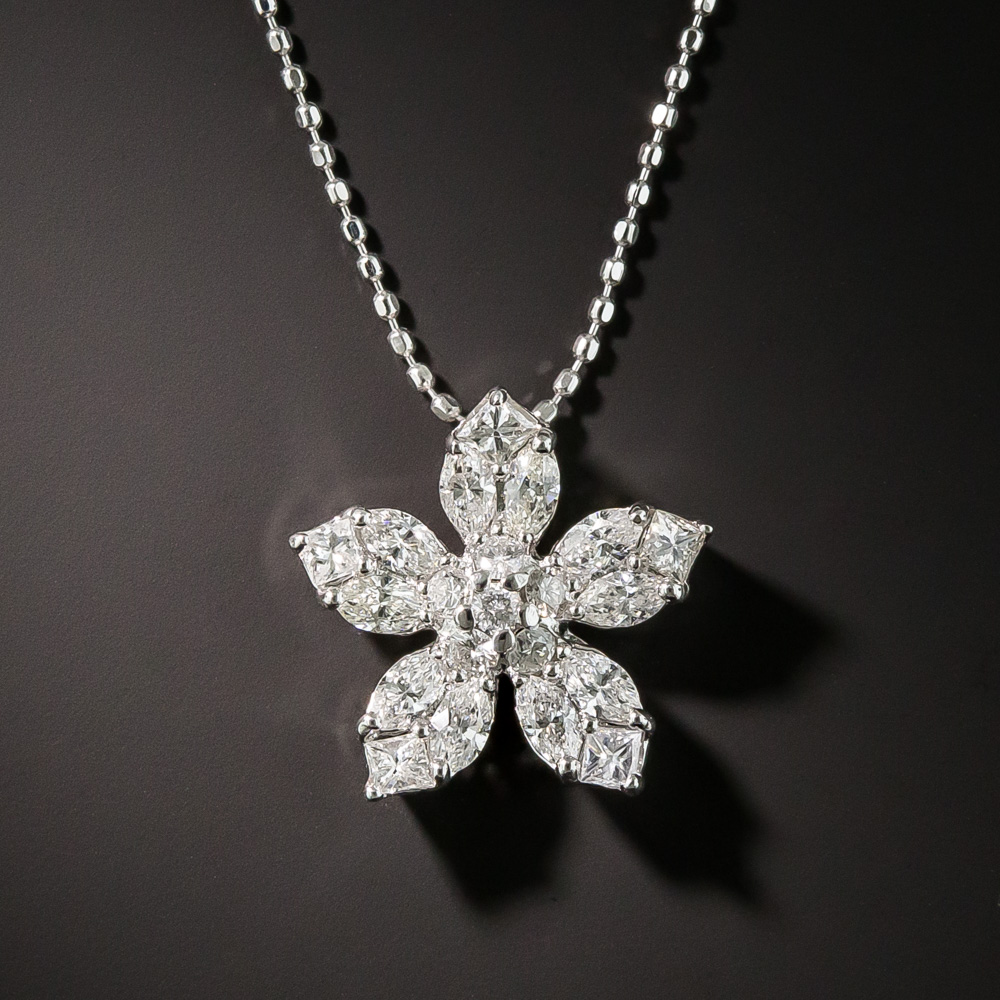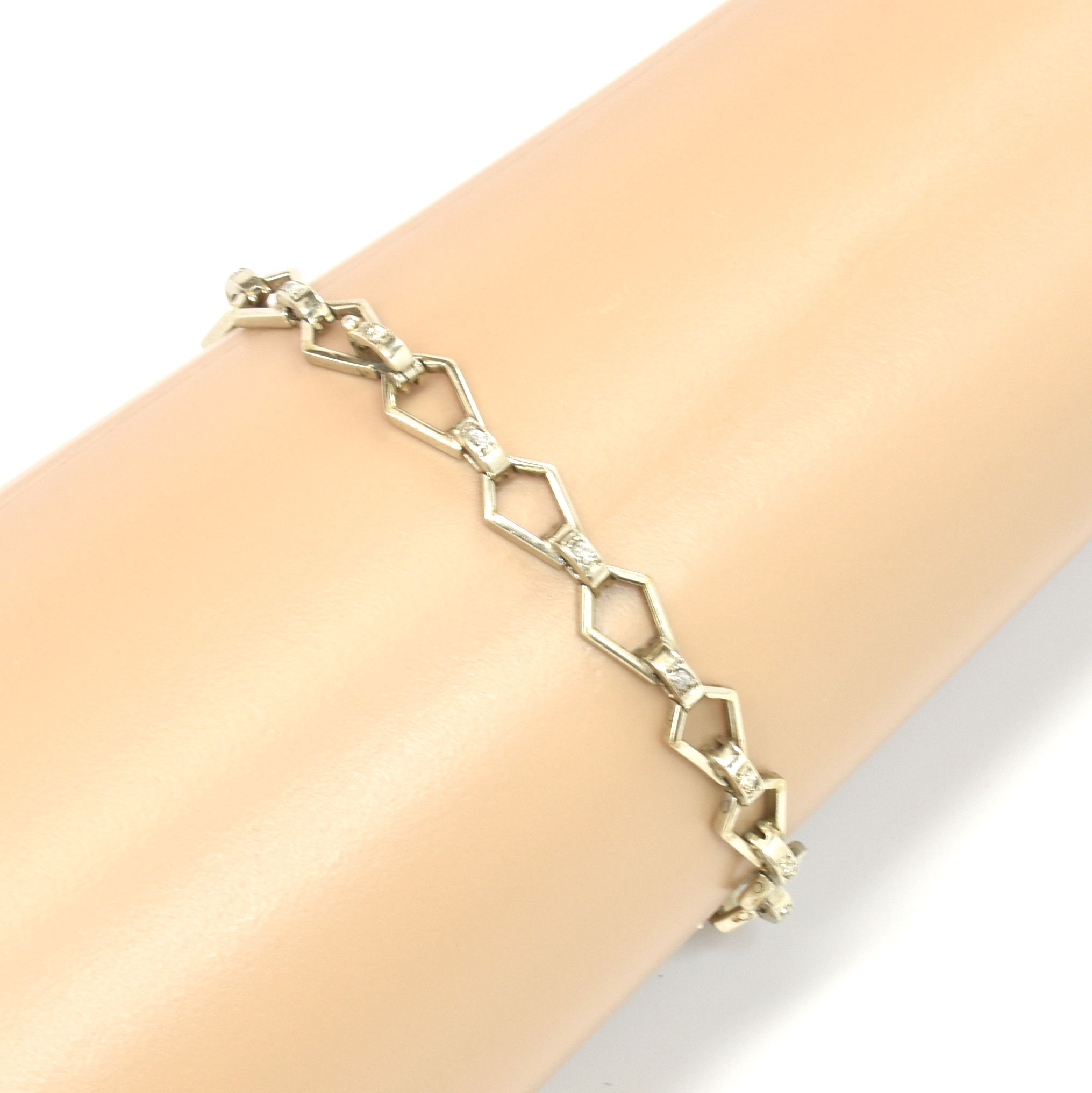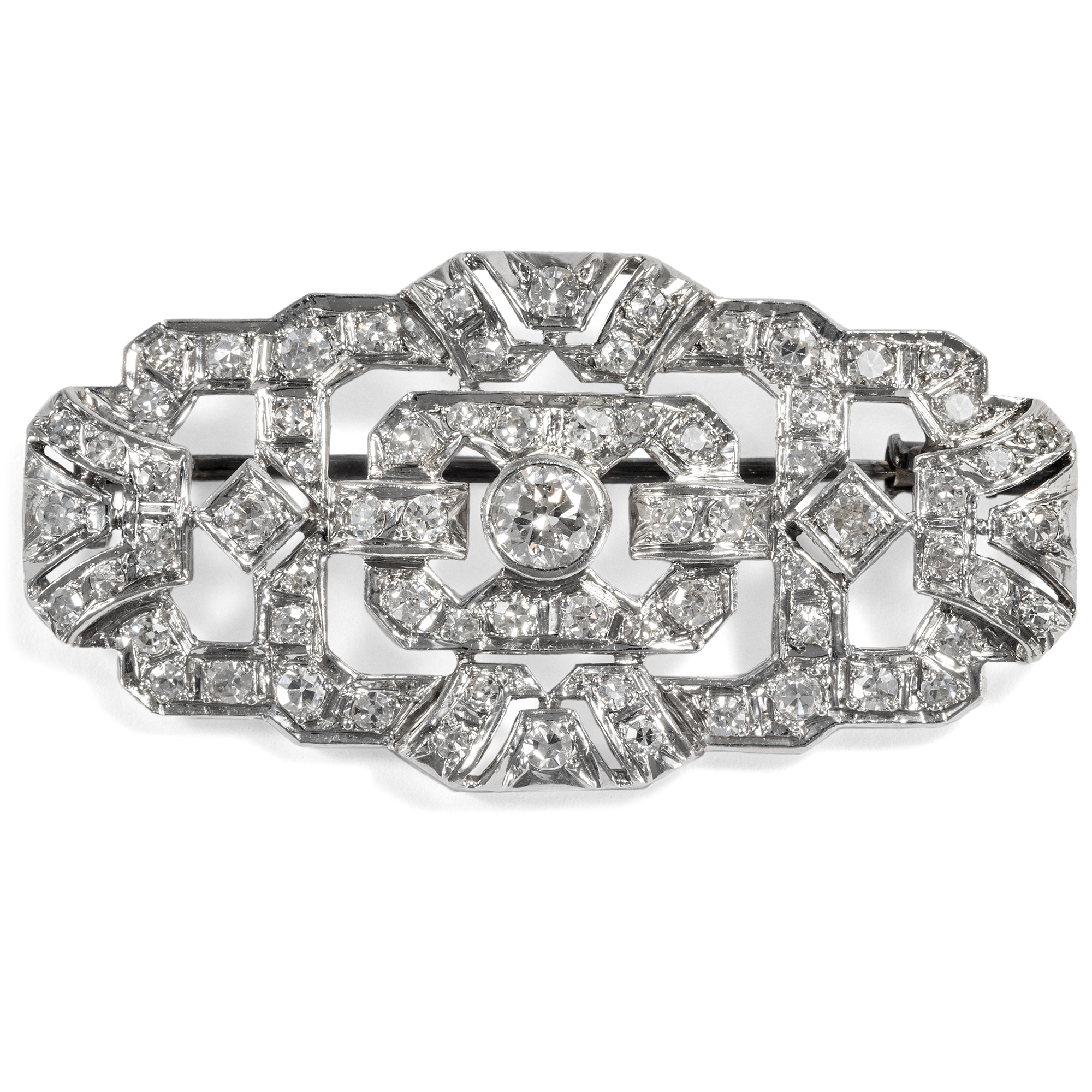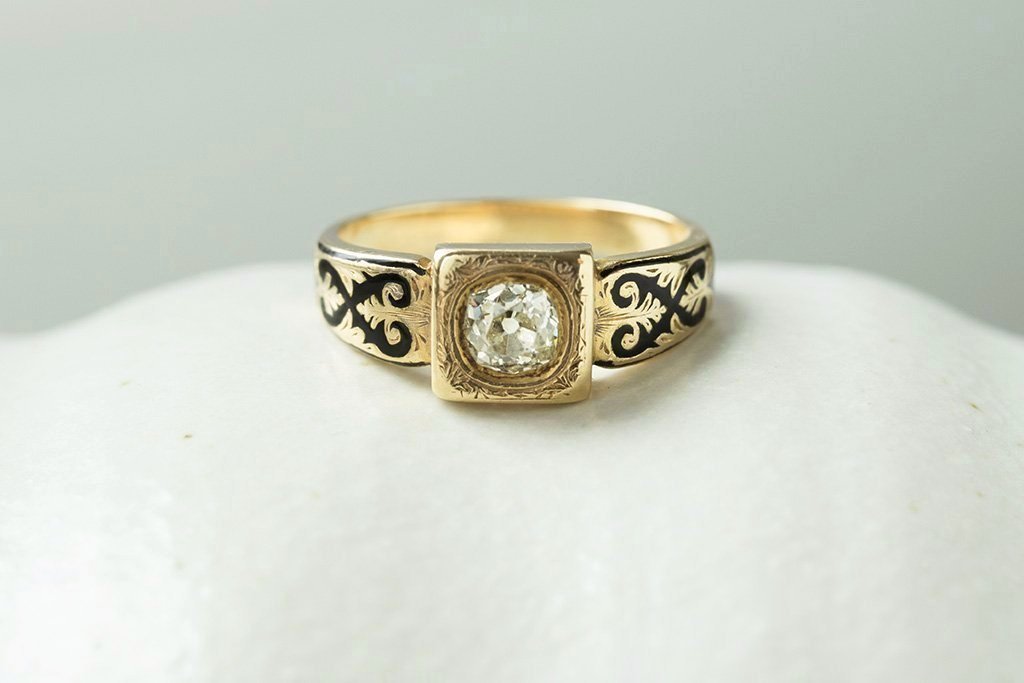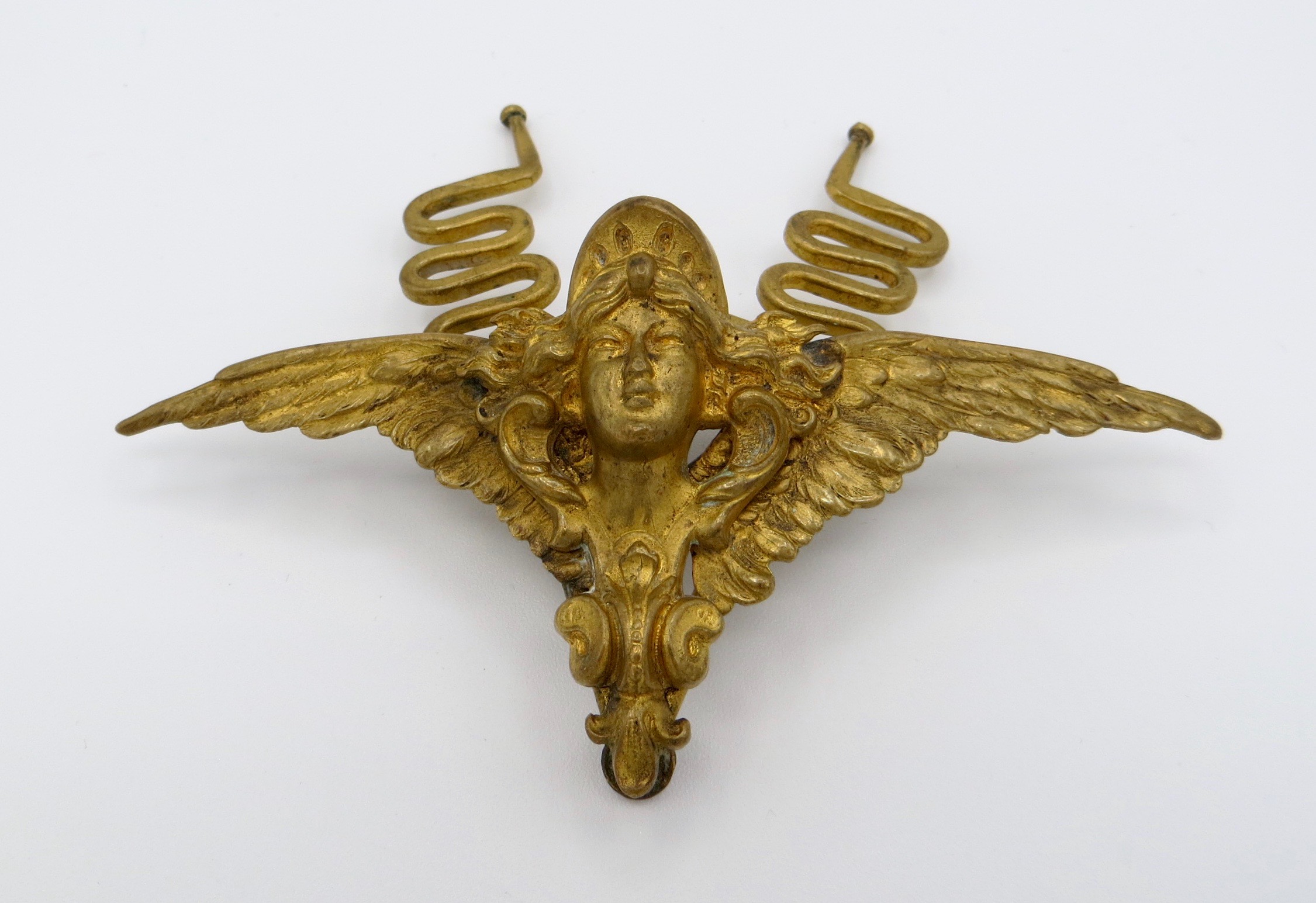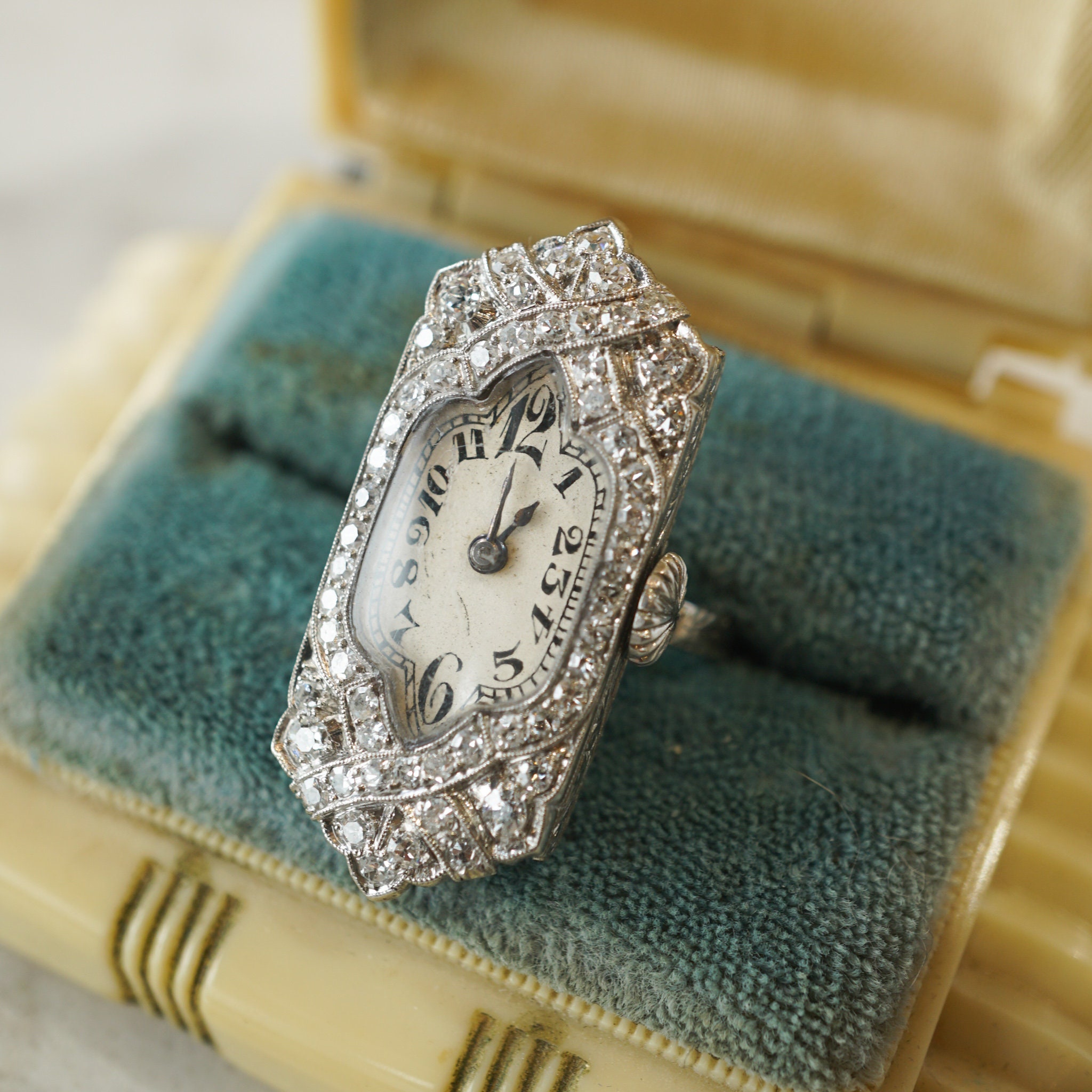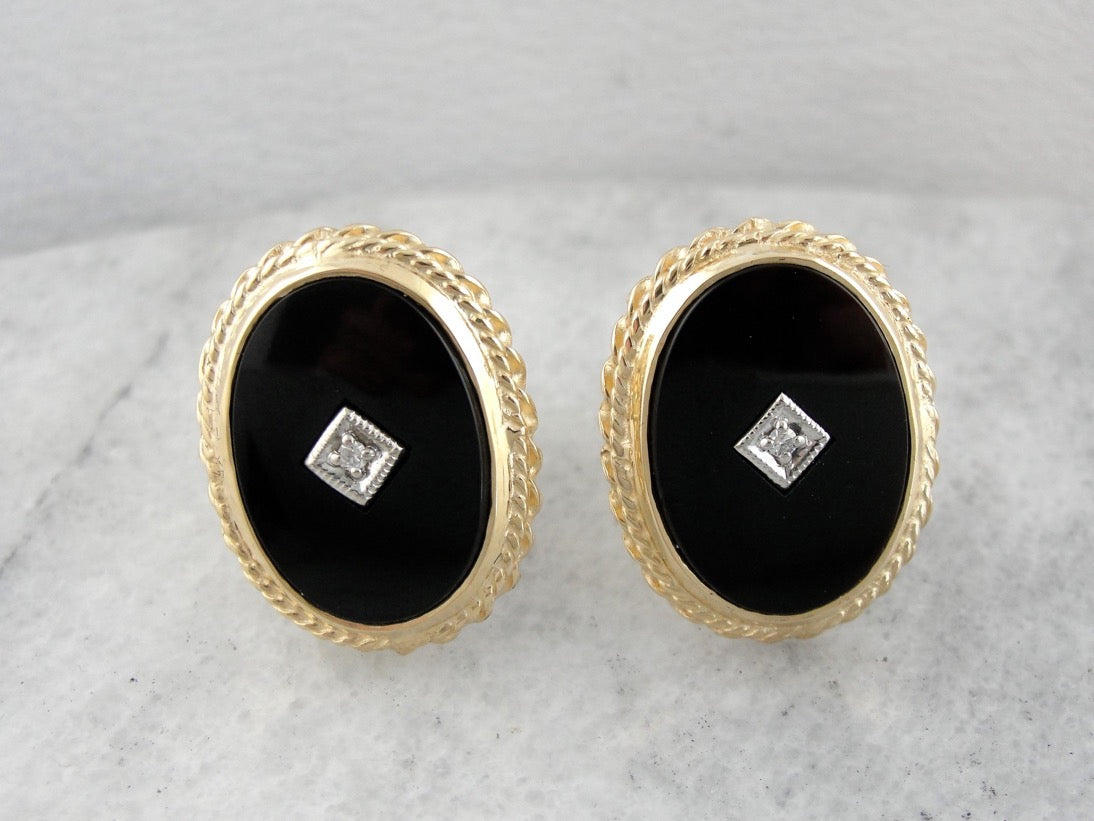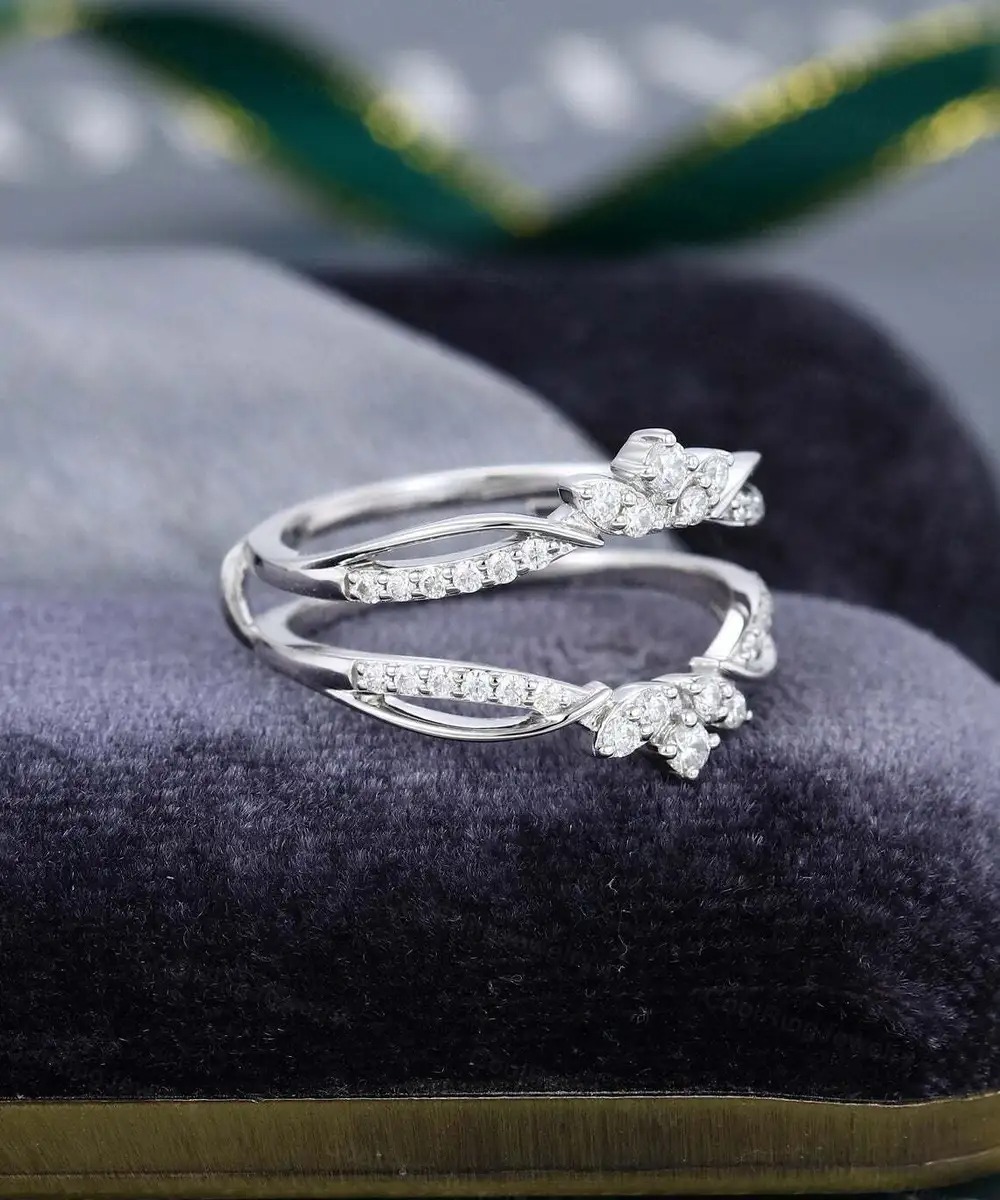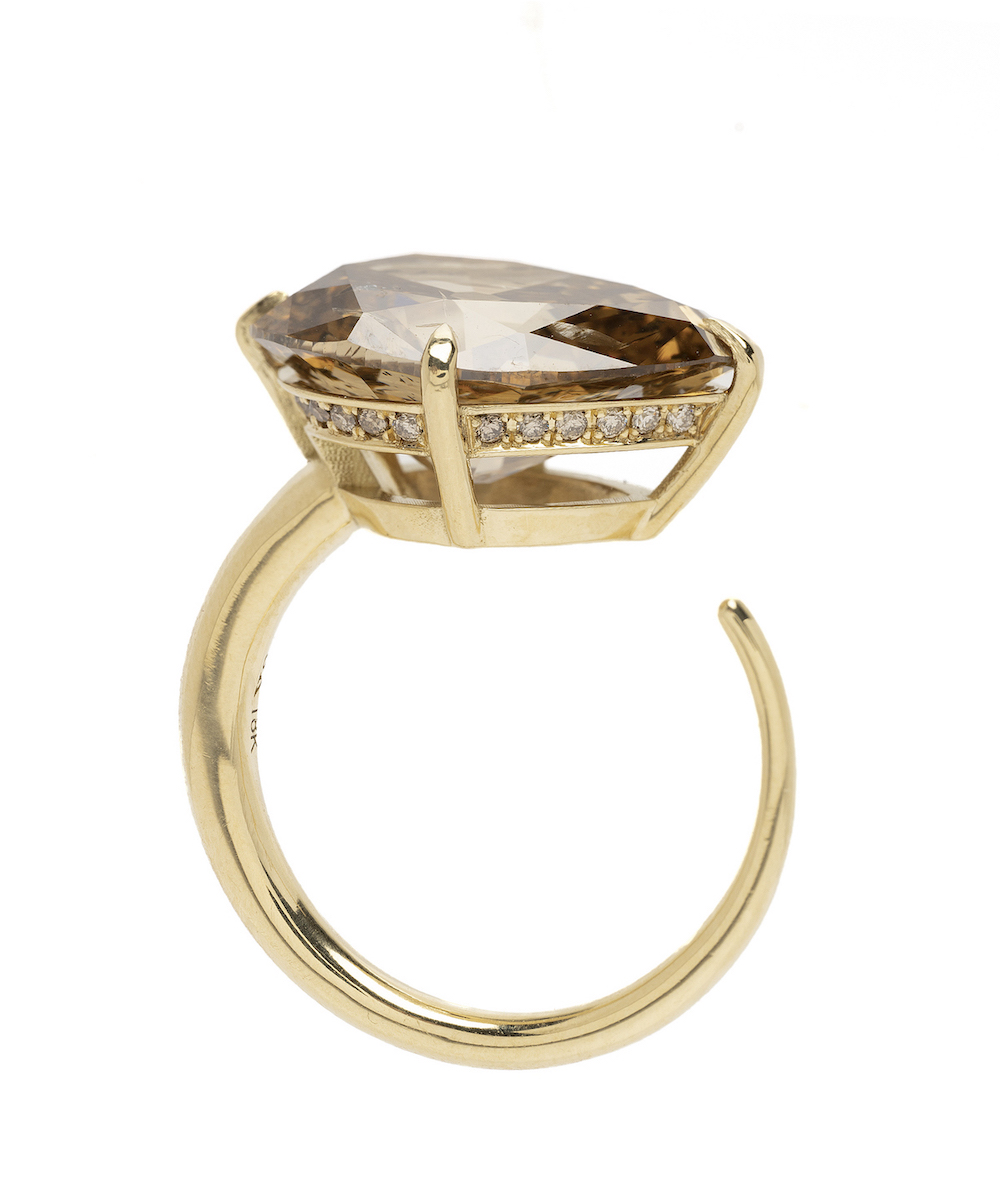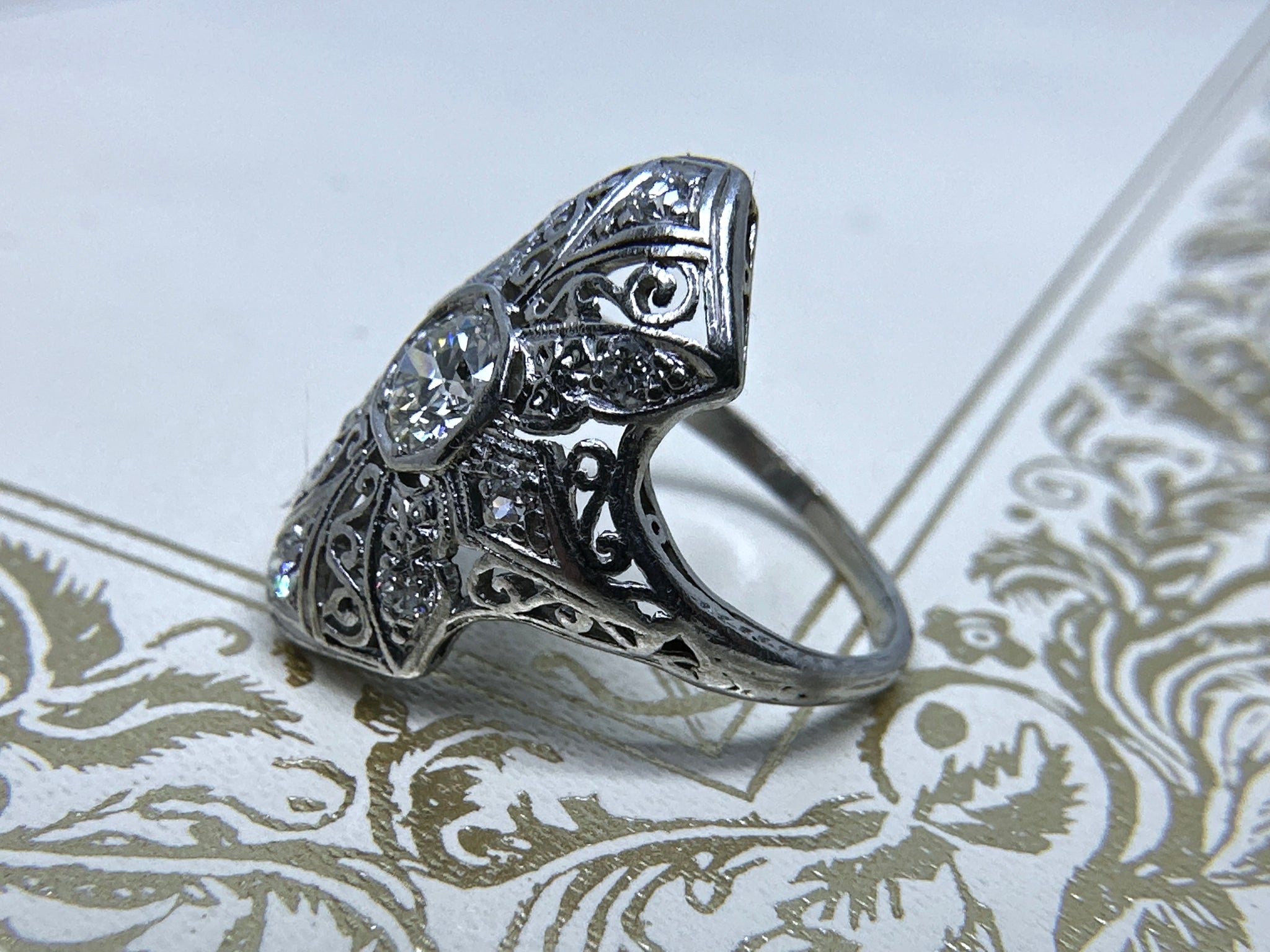
Estate diamondjewelry, a captivating fusion of history and elegance, offers a unique journey through time. These pre-owned treasures, often boasting designs from bygone eras, carry with them the craftsmanship and stories of their previous owners.
In the realm of jewelry, a category exudes history, sophistication, and unparalleled beauty estate diamond jewelry. These exquisite pieces carry a legacy of glamour and hold stories of times gone by. Let's delve into the world of estate diamond jewelry and explore the reasons behind its enduring popularity.
What Is Estate Diamond Jewelry?
Estate diamond jewelry refers to pre-owned or second-hand diamond jewelry at least 50 years old. These pieces are often considered vintageor antique and have historical and cultural significance. Estate diamondsencompass a wide range of jewelry, including rings, necklaces, earrings, and bracelets, each with its unique style and story.
The term "estate" in estate diamond jewelry doesn't necessarily imply that the piece came from an estate or an inheritance. Instead, it signifies that the jewelry has a previous owner and has been previously worn. Estate diamonds can come from various sources, such as auctions, estate sales, or individual sellers.
Estate diamond jewelry can include a variety of diamond cuts, settings, and metals, making it a diverse and fascinating category for those who appreciate both the aesthetics and the stories behind each piece. Whether it's a vintage engagement ring, an art deco necklace, or retro-style earrings, estate diamonds offer a glimpse into the evolving trends and craftsmanship of different historical periods.
History Of Estate Diamond Jewelry
The history of estate diamond jewelry is a fascinating journey through different eras, each leaving its unique mark on these timeless pieces' design, craftsmanship, and cultural significance.
Victorian Era (1837-1901)
The Victorian era marked the beginning of estate diamond jewelry. Queen Victoria's lovefor jewelry, particularly mourning jewelry after the death of Prince Albert, influenced the prevalent styles.
Intricate designs were popular, including romantic motifs, flowers, and symbolic elements. Diamonds were often set in yellow or rose gold.
Edwardian Era (1901-1915)
Named after King Edward VII, this era embraced the use of platinumin jewelry design. Delicate and lacy pieces featuring filigree, milgrain, and openwork became characteristic of Edwardian jewelry. Diamonds were often mixed with other precious gems, creating elegant and feminine pieces.
Art Deco Era (1920-1935)
The Roaring Twenties brought about the Art Deco movement, characterized by bold geometric shapes, symmetrical patterns, and a combination of bright colors.
Estate diamond jewelry from this era often features strong lines, angular designs, and the use of platinum. Deco pieces exude a sense of glamour and sophistication.
Retro Era (1935-1950)
The Retro era emerged during World War II, marked by a return to more significant, bolder designs. Due to wartime metal restrictions, rose and yellow gold became popular again.
Estate diamond jewelry from this period often includes large cocktail rings, chunky bracelets, and statement pieces.
Mid-Century Modern (1950s-1960s)
After the war, a shift towards cleaner lines and more minimalist designs occurred. White gold gained popularity, and diamonds remained a staple in jewelry.
Estate diamond jewelry from this era often features sleek and elegant pieces focusing on simplicity and functionality.
Contemporary Period (1970s-Present)
As time progressed, estate diamond jewelry emerged in more recent decades. Styles vary widely, reflecting the diverse design trends of the late 20th century and beyond. Vintage pieces from the 1970s and 1980s may showcase bold and eclectic designs, while those from the 1990s might feature a mix of traditional and modern elements.
Estate Diamond Jewelry Worth
The value of estate diamond jewelry can vary widely depending on several factors. Here are key considerations that influence the worth of estate diamond jewelry:
- Diamond Characteristics- The Four Cs (Carat, Cut, Color, Clarity) significantly impact a diamond's value. Larger carat weights, excellent cuts, color grades closer to colorless, and higher clarity grades contribute to higher values.
- Metal Type and Purity- The type of metal used in the setting, such as platinum, gold (14k or 18k), or silver, affects the overall value. Higher purity levels, like 18k gold compared to 14k gold, may increase the worth.
- Brand and Designer - Estate jewelry crafted by renowned designers or prestigious brands may command higher prices due to the reputation and craftsmanship associated with those names.
- Rarity and Uniqueness- Unusual or rare designs, antique pieces, or those with historical significance often have a higher value. Limited production runs or custom-made pieces can contribute to uniqueness.
- Condition- The condition of the estate jewelry plays a crucial role. Well-maintained pieces with minimal wear and tear or those that have been expertly restored may have higher values.
- Provenance and History- Jewelry with a documented history or notable provenance, such as being owned by a famous personality, can add significant value.
- Market Trends and Demand - Current market trends and consumer demand influence the value of estate jewelry. Certain styles or eras may be more sought after at different times, affecting prices.
- Appraisal and Certification- An official appraisal and certification from a reputable gemological laboratory can assure the diamond's quality and contribute to the jewelry's overall value.
Sentimental And Emotional Value Of Estate Diamond Jewelry
Estate jewelry frequently has profound emotional importance, going beyond mere accessorizing. Family artifacts that have been handed down through the centuries arouse intense feelings of nostalgia and connection.
Customers can celebrate their family heritage and embrace the sentimental significance of these cherished pieces by wearing estate jewelry. Because of its symbolism, estate jewelry has a deep emotional impact on its wearers.
Top Famous Types Of Estate Diamond Jewelry
Estate diamond jewelry comes in various types, each reflecting specific historical periods' design aesthetics and craftsmanship. Here are some notable types of estate diamond jewelry:
Estate Diamond Rings
Vintage and antique diamond rings include engagement, cocktail, and everyday wear rings. Styles range from the intricate filigree of the Edwardian era to the bold geometric patterns of Art Deco and the bold retro designs of the mid-20th century.
Estate Diamond Earrings
Vintage earringsmay feature diamond studs, dangles, or hoops. Art Deco earringsoften showcase geometric shapes, while Retro earrings can be bold and glamorous with large diamonds and colorful gemstones.
Estate Diamond Necklaces
Necklaces from different eras may include delicate Edwardian chains, Art Deco pendantswith geometric motifs, and bold Retro necklaces. Vintage diamond necklaces come in various styles, from chokers to statement pieces.
Estate Diamond Bracelets
Vintage diamond braceletsrange from dainty Edwardian pieces to chunky Retro designs. Tennis bracelets, bangles, and charm braceletsare popular styles within estate jewelry, each reflecting the trends of its respective era.
Art Deco Brooches
Bold geometric shapes, intricate detailing, and using diamonds alongside colorful gemstones often characterize brooches from the Art Deco era. These statement pieces were popular accessories during the 1920s and 1930s.
Victorian Mourning Diamond Jewelry
Reflecting the sentimental nature of the Victorian era, mourning jewelry often included diamonds set in black enamel. These pieces were created to tribute lost loved ones and featured intricate designs such as weeping willows and urns.
Art Nouveau Hair Jewelry
Art Nouveau estate jewelry, though less common, may include hair combs, pins, and tiaras. These pieces often featured flowing, organic designs and could incorporate diamonds as accent stones.
Estate Diamond Watches
Vintage diamond watches can be intricate timepieces with diamond-studded dials or bezels. Art Deco watches are known for their geometric elegance and attention to detail.
Retro Diamond Cufflinks
Retro-era cufflinksoften featured bold designs with diamonds and colored gemstones. These accessories added a touch of glamour to men's fashion during the 1940s.
Estate Diamond Wedding Bands
Vintage and antique wedding bandswith diamonds come in various styles, from the romantic and detailed designs of the Victorian era to the more streamlined and geometric bands of the Art Deco period.
Materials For Estate Diamond Jewelry
The materials used to create estate diamond jewelry are crucial in defining its structure, aesthetics, and overall value.
- Precious Metals - Precious metals form the backbone of estate diamond jewelry. Gold, particularly in yellow, white, and rose variations, is a staple. Platinum, known for its durability and lustrous appearance, is also common. The choice of metal often reflects the era in which the piece was crafted, contributing to the distinctive charm of estate jewelry.
- Diamonds- As the focal point of estate diamond jewelry, diamonds take center stage. With their exceptional brilliance and durability, these precious gemstones are meticulously selected for their quality and unique characteristics. Vintage diamonds may have different cuts and features compared to contemporary stones, adding to the charm of estate pieces.
- Gemstones and Pearls - Beyond diamonds, estate jewelry often features an array of colored gemstones such as sapphires, rubies, emeralds, and pearls. These gemstones are carefully chosen to complement the design and add a splash of color. Estate pieces may showcase a mix of gemstones, creating vibrant and captivating arrangements.
- Enamel and Glass - Intricate enamel work and glass detailing are every day in vintage and antique estate jewelry. Enamel, with its vibrant colors, is used for embellishments and detailing. Glass, often in cameos or reverse-painted designs, adds an artistic dimension to the overall composition.
- Filigree and Milgrain- The delicate structure of estate diamond jewelry is often enhanced by filigree work and milgrain detailing. Filigree involves intricate metalwork, creating lacy patterns that add a sense of delicacy and refinement. Milgrain, tiny beaded detailing along the edges, contributes to the vintage charm of these pieces.
Reasons To Buy Estate Jewelry
Choosing estate jewelry can be thoughtful and rewarding for various reasons, blending aesthetic appeal with historical and practical considerations. Here are some compelling reasons to consider when contemplating the purchase of estate jewelry:
Cost-Effective Choice
Estate jewelry, being pre-owned, is often priced more attractively than newly manufactured pieces. This affordability, with reductions ranging from 20 to 40 percent, makes it an appealing option for many consumers.
Environmental Friendliness
Purchasing estate jewelry aligns with eco-conscious choices by reducing the demand for new jewelry production. This contributes to environmental preservation, reducing mining activities air pollution, and conserving resources like water and fuel.
Historical Connection
Estate pieces offer a unique opportunity to own a part of history. Crafted with techniques that may no longer exist, each piece carries its own story and past. The connection to a bygone era adds a unique charm to the jewelry.
Individual Style Expression
While often 50 years old or younger, estate jewelry possesses distinctive characteristics, acquiring these pieces allows individuals to express their unique style, as they are not mass-produced and can serve as one-of-a-kind fashion statements.
Exceptional Quality And Durability
The fact that estate jewelry has stood the test of time underscores its exceptional quality and durability. Pieces that are still in good condition after being worn for years ensure buyers can enjoy their jewelry for many more years.
Estate jewelry indeed brings together affordability, environmental consciousness, historical significance, individuality, and enduring quality, making it a compelling choice for those seeking both style and substance in their jewelry purchases.
How To Care For Estate Diamond Jewelry
Caring for estate diamond jewelry is essential to maintaining its beauty and longevity. Here are some tips on how to care for your estate diamond jewelry:
Regular Cleaning
Clean your estate diamond jewelry regularly to remove dirt, oils, and other residues. Use a mild detergent or specialized jewelry cleaner, and gently brush the diamonds with a soft toothbrush.
Avoid Harsh Chemicals
Avoid exposing your estate jewelry to harsh chemicals, including household cleaners and chlorine. These substances can damage both the metal settings and the diamonds.
Store Properly
Store your estate diamond jewelry in a clean, dry place. Consider using individual pouches or a jewelry boxwith compartments to prevent pieces from scratching against each other.
Estate Diamond Jewelry - FAQs
What Defines Estate Diamond Jewelry?
Estate diamond jewelry refers to pre-owned or second-hand diamond jewelry at least 50 years old. These pieces are often considered vintage or antique, showcasing unique designs and craftsmanship reflective of specific historical periods.
How Can I Determine The Value Of My Estate Diamond Jewelry?
The value of estate diamond jewelry is influenced by diamond characteristics (carat, cut, color, clarity), metal type, brand reputation, rarity, condition, and historical significance. Consulting with a reputable appraiser or jeweler for an official appraisal can help determine its worth.
Is Estate Diamond Jewelry More Affordable Than New Pieces?
Estate diamond jewelry is often more affordable than newly manufactured pieces. Due to being pre-owned, estate jewelry may be priced at a discount, making it a cost-effective option for those seeking unique and high-quality pieces.
Are There Environmental Benefits To Purchasing Estate Diamond Jewelry?
Yes, buying estate diamond jewelry is considered environmentally friendly. Choosing pre-owned pieces reduces the demand for new mining activities, minimizing the environmental impact of the extraction of metals and gemstones.
Conclusion
Estate diamond jewelry represents a collection of timeless adornments and a journey through history, craftsmanship, and individual stories. The allure of these pre-owned pieces lies in their unique designs, affordability, and environmental sustainability.
As we embrace the elegance of estate diamonds, we acquire beautiful accessories and contribute to preserving artistry and reducing environmental impact. Estate diamond jewelry transcends mere fashion; it is a tangible link to the past, offering a blend of aesthetics, history, and individuality that captivates collectors and those seeking a distinctive and meaningful adornment.
